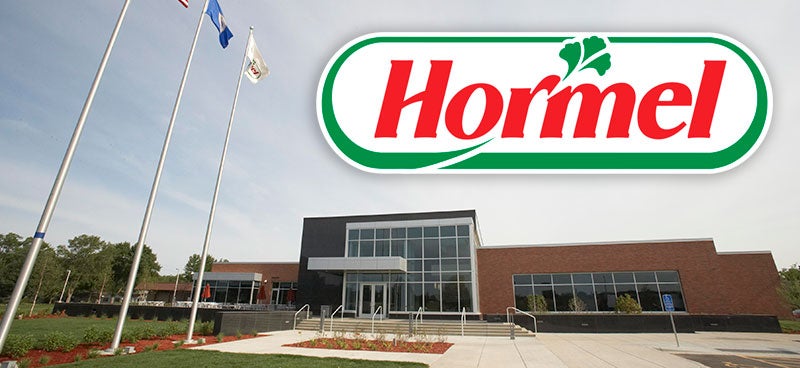Affordable Care Act center stage with Walz, Hagedorn
Published 10:31 am Thursday, November 3, 2016
By Allison Sherry
Minneapolis Star Tribune
Years ago, the idea of a candidate like U.S. Rep. Tim Walz turning the conservative-leaning southern Minnesota district into a Democratic stronghold would have seemed implausible.
But the former Mankato schoolteacher and National Guardsman has built a 10-year career in Congress on an eclectic political record.
Walz is an opponent of new gun restrictions but among the earliest supporters of Democratic presidential nominee Hillary Clinton. He talks about helping immigrant populations but supported a Republican-led measure to expand background checks for Syrian and Iraqi refugees. On the Affordable Care Act, which many Democrats are criticizing, Walz is vociferously supportive.
“It is helping people,” Walz said at a recent forum of the health care law, checking off a list of advantages, such as more stable employer premiums and better coverage for those with preexisting conditions. “The issue on this is to not step forward … and push back the progress we’ve made.”
Walz is running for his sixth term in a district that encompasses the entire southern border of Minnesota — an area Republicans had represented for all but 12 years from 1893 to 2007.
That strong Republican lean — plus polling showing presidential nominee Donald Trump’s popularity in rural areas — is why GOP challenger Jim Hagedorn says he has the best shot in years to knock off the incumbent.
“I think it’s time for a change,” said Hagedorn, a former federal employee from Blue Earth who ran against Walz two years ago and lost by 9 percentage points.
“Trump and I stand for the same bold solutions, and Hillary Clinton and Tim Walz are four more years of Obama policies.”
Minnesota’s First Congressional District is almost tailor-made for Trump, a candidate who draws the bulk of his support from white, blue-collar voters, polls locally and around the country show.
A Star Tribune Minnesota Poll in October found Trump leading Clinton by 4 points outside the Twin Cities and suburbs.
The western swath of the district is almost entirely farmers and ranchers, the eastern part is a workforce centered largely on Mayo Clinic and businesses that support it.
The district is 94 percent white, has a less than 3 percent unemployment rate and counts manufacturing as the biggest economic driver, according to the U.S. Census.





